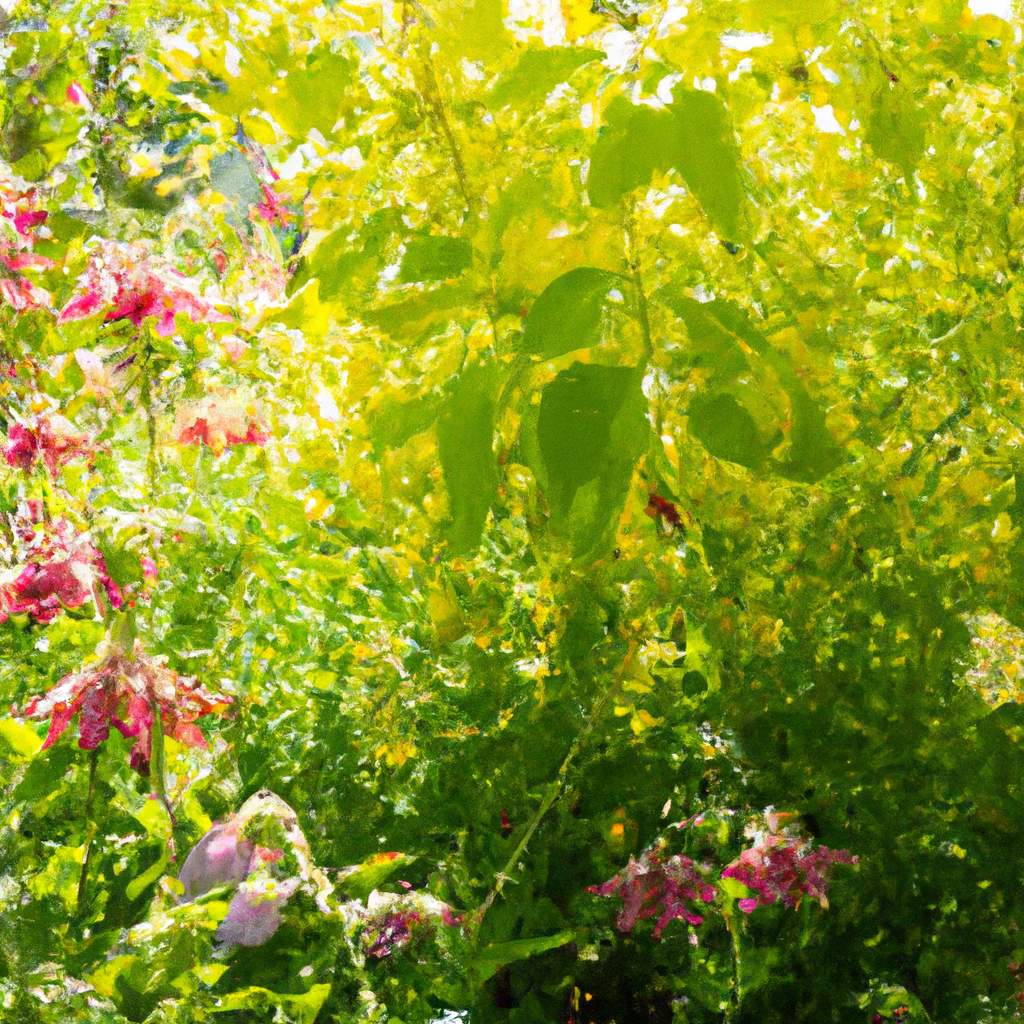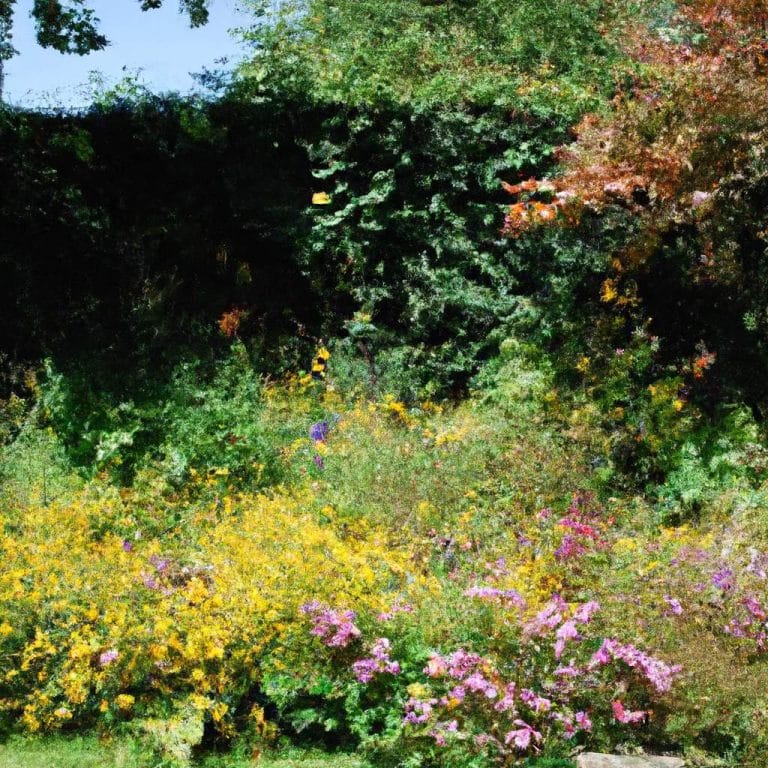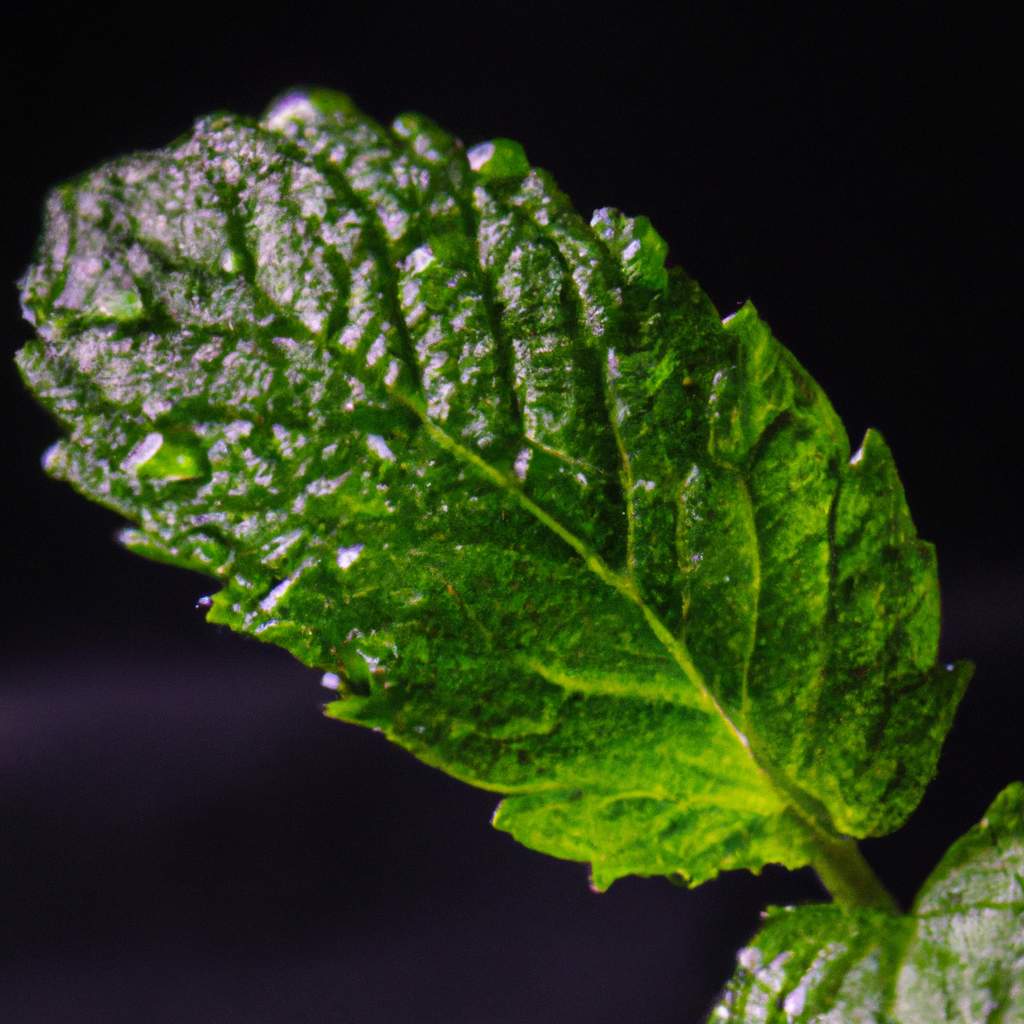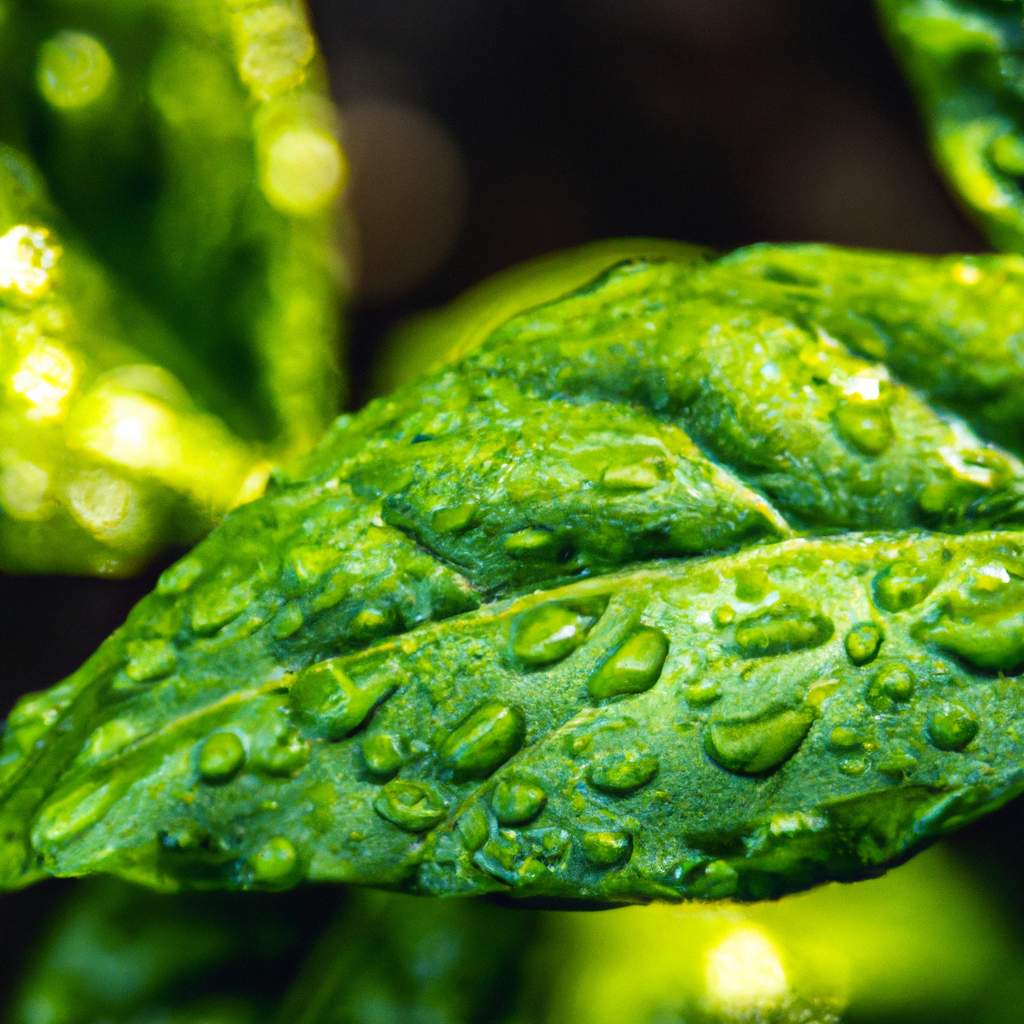Nature is a source of well-being and a way to have a healthy environment. However, simply planting plants and flowers is not enough to create a beautiful, blooming, and eco-friendly garden. Thankfully, grandmothers have always had tips for beautifying their garden for generations. Discover grandma's secrets for having a superb eco-friendly and blooming garden.
The basics of an eco-friendly and flourishing garden
Creating a beautiful and eco-friendly garden is a dream for many. But how can you achieve this magical space without chemicals or artificial fertilizers? By following these grandmother's tips, you'll be able to transform your garden into a heavenly retreat! These simple tricks will help you make the most of your outdoor space while also practicing eco-friendliness.
Understanding Your Plants' Needs for a Healthy and Fertile Soil: The Basics of Soil
Understanding the basics is the first step to creating an ecological garden. Once you have chosen the location of your garden, it is important to analyze the soil in order to determine which natural fertilizers to apply. Each plant has its own specific soil requirements, so it is necessary to understand the soil quality and characteristics before selecting flowers and plants. The good news is that traditional tips from our ancestors can be very helpful in enriching the soil easily and effectively, such as mixing in compost or organic materials like dead leaves.
The benefits of water: ensuring efficient irrigation while saving water
Regular and appropriate irrigation is necessary to achieve a lush and well-maintained garden. In some cases, runoff can be beneficial in providing additional moisture to the plant roots. However, it's important not to overwater as it can cause health issues for the plants. Grandmother's tips can be very helpful in finding innovative ways to water your plants correctly. For instance, placing water-filled pots near flowering plants is a simple and cost-effective way to provide shelter to the roots.
Working with Nature: Promoting Biodiversity in Your Garden with Essential Natural Methods
Biodiversity is crucial for maintaining a healthy and sustainable natural balance. There are various ways to accommodate different types of animal and plant species in your garden. For instance, insect shelters can be installed on walls or trees to provide a home for beneficial insects and their offspring, thereby promoting a natural and healthy ecosystem. Additionally, planting bee-friendly flowers such as lavender is an excellent method to attract bees and enjoy a peaceful springtime.
Traditional Tips for a Blooming Garden

There are numerous grandmother's secrets to having a blooming garden! Here are a few simple tips that will help you achieve the most beautiful botanical experience.
Using Natural Fertilizers: How to Utilize Everyday Items (like banana peels) to Nurture Your Garden Without Chemicals
Compost is a well-known natural fertilizer, but there are also other highly effective ways to fertilize your soil without harmful chemicals. For instance, banana peels are rich in nutrients and minerals that promote healthy plant growth.
Tips for Non-Green Thumbs: Choosing the Perfect Plants for Your Garden and Easy Maintenance
To make the maintenance of your garden easier, select plant varieties that are well-suited to the local climate and soil composition. It is also important to consider whether certain plants require protection against pests or diseases. Seeking advice from local experts or your favorite gardening store can provide valuable insights on which species to cultivate.
Creating a Vintage Charm Garden: Using Timeless Plants and Garden Furniture to Create a Unique Relaxation Space
In your garden, you can customize every corner to suit your tastes and preferences. Pay attention to the choice of flower colors, shrubs, and decorative accessories that will brighten up your garden.
Solid wood chairs and rustic tables will add a touch of antiquity to your green space while remaining chic and contemporary.
The benefits of an eco-friendly and blossoming garden
The benefits of having an ecological garden are numerous, ranging from environmental protection to health advantages. Here are some key factors to consider when choosing to transition to a more sustainable and respectful gardening approach.
The Environmental Benefits: How an Ecological Garden Can Benefit the Planet and Local Biodiversity
An ecologically-friendly garden, abundant in biodiversity, serves as both an oxygen source for the atmosphere and a welcoming habitat for bees and other beneficial insects. By planting nectar-rich flowers, such as melliferous blooms, bees are attracted to the garden and assist in the pollination of other plant species.
The health benefits: how spending time in a blooming garden can improve your physical and mental well-being
In our fast-paced society, finding solace in the calm and natural beauty of a colorful garden is reassuring. Spending time in a green space allows one to relax and easily reconnect with nature. Studies have shown that individuals who spend more time outdoors tend to be happier and experience less stress.
Savings Made: How an Eco-Friendly Garden Can Help You Save Money in the Long Run by Reducing the Use of Chemicals and Water
The use of chemicals in gardening has significantly decreased since the early 2000s, thanks to the rise of organic gardening. Organic products are not only better for the environment, but also more cost-effective in the long run. Additionally, selecting plants that are well-suited to local conditions, such as those that require minimal watering, can help reduce expenses while preserving the environment. Image source: pexels.com.










